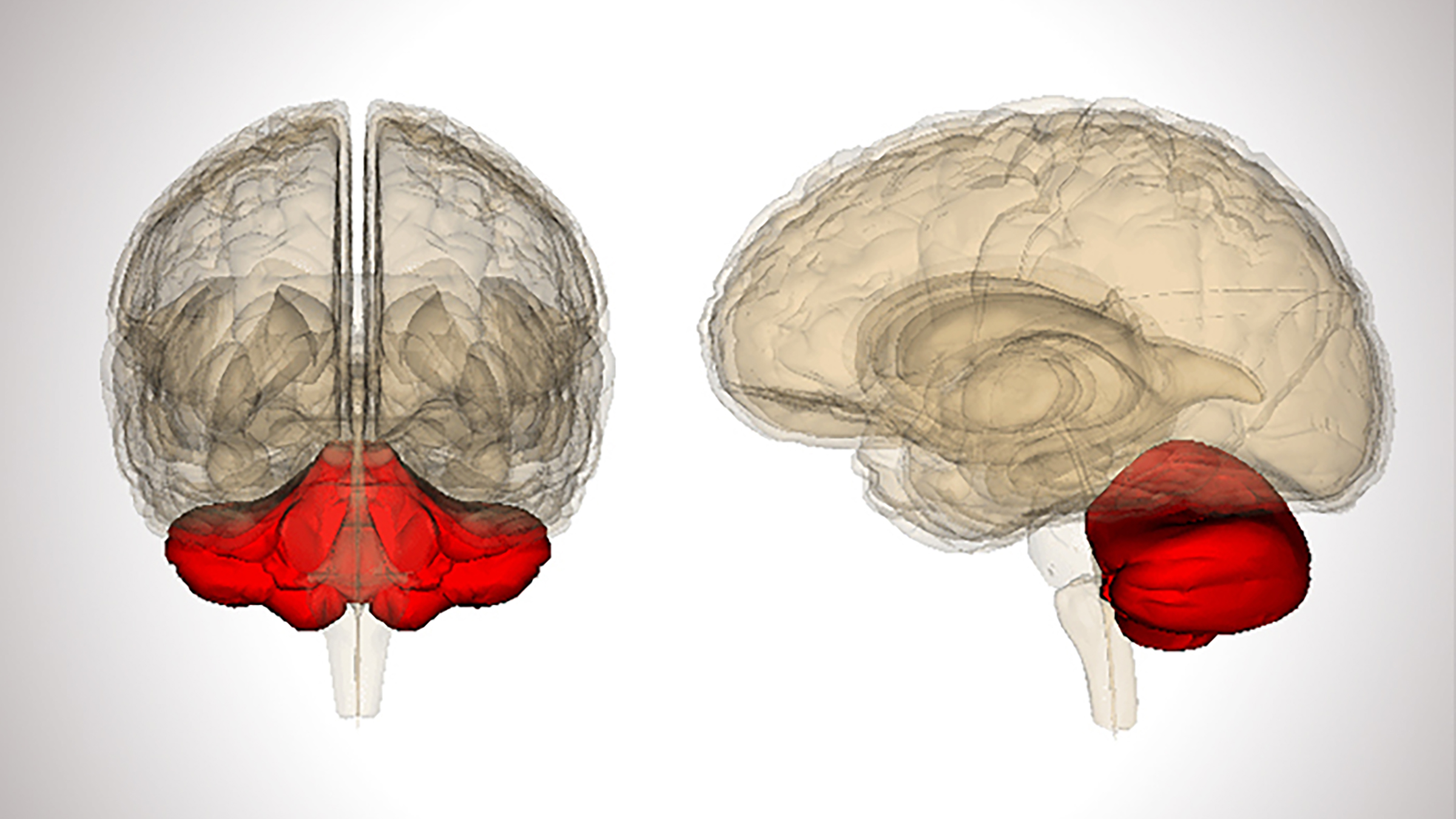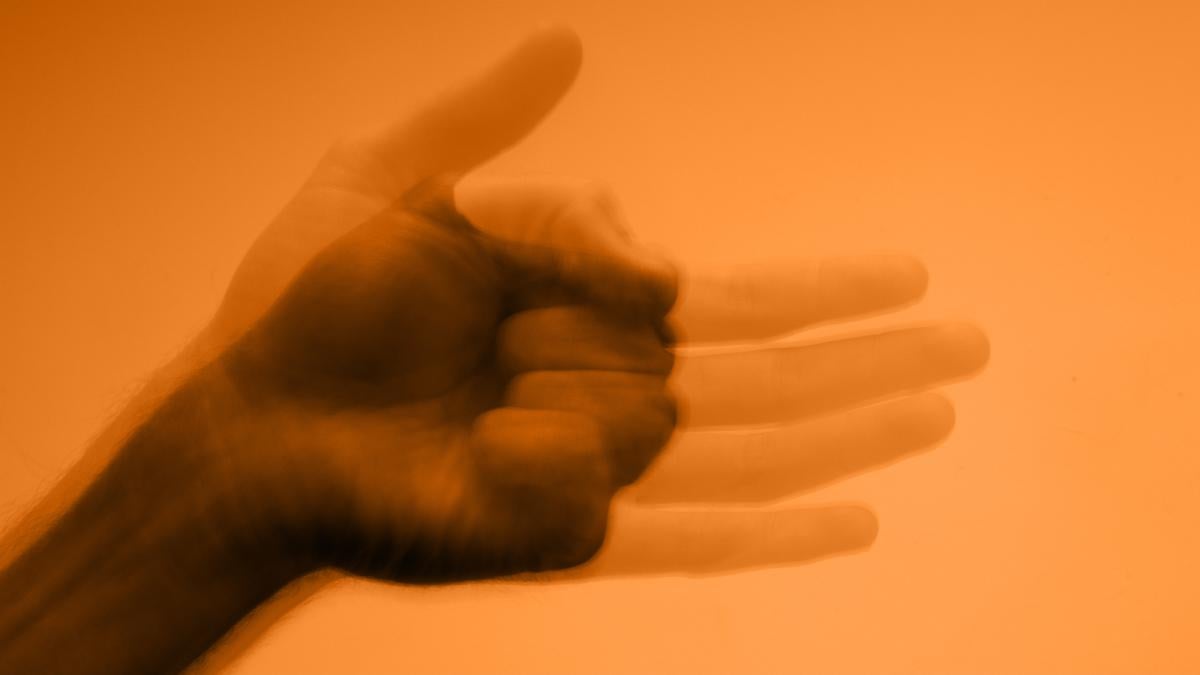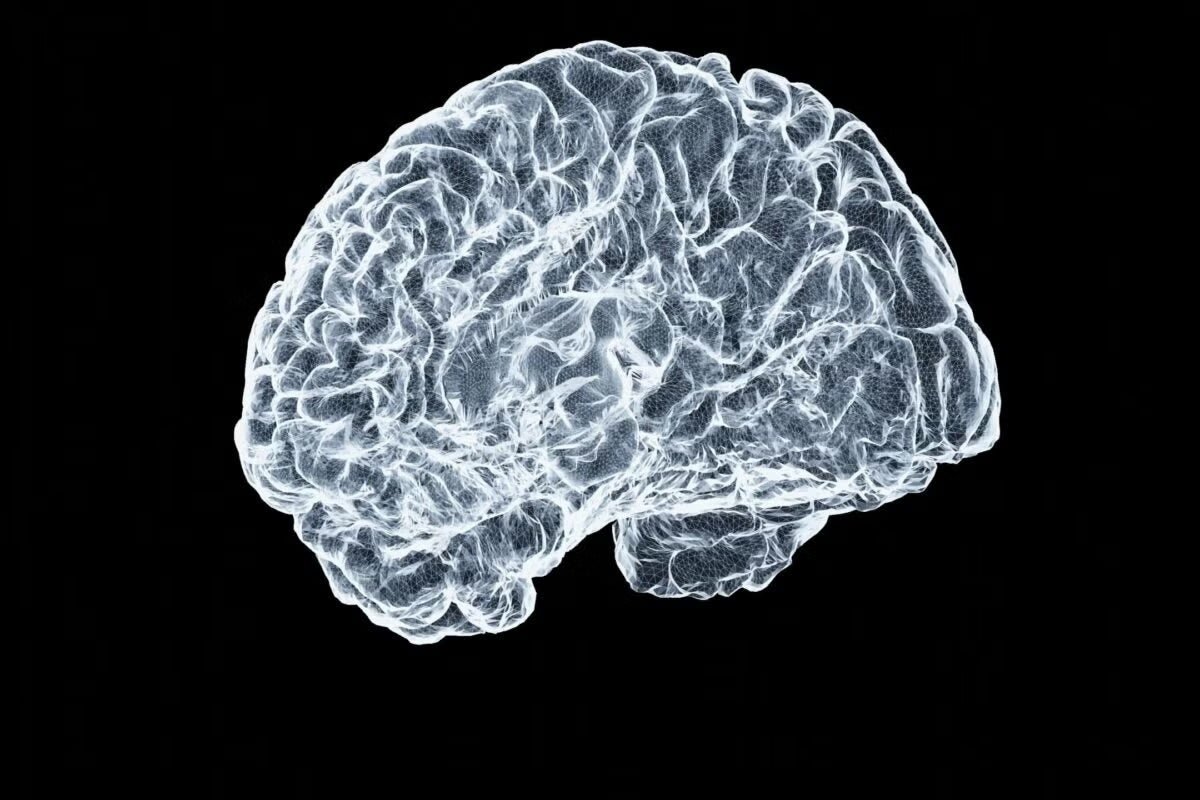Could a Digital Version of this Part of the Brain Be Coming Soon?
Michael Mauk and his team have made a discovery that adds an important detail to a computer simulation of the part of our brains called the cerebellum that directs many of the movements we make often.

The cerebellum (red) directs many of the movements we make often, yet don’t have to think about. Photo credit: Database Center for Life Science. Used via Creative Commons Attribution-Share Alike 2.1 Japan license.
For decades, Michael Mauk, a neuroscientist at the University of Texas at Austin, has been developing a computer simulation of the part of our brains called the cerebellum that directs many of the movements we make often, yet don't have to think about, like walking or picking up a glass of water.
Eventually, he hopes to develop a digital cerebellum so effective that it could work with signals from other parts of the brain and with technology to restore the ability to walk smoothly and stably in some people who have been paralyzed.
Now, he and his team have made a discovery that adds an important detail to the model by demonstrating how the cerebellum makes all-or-nothing decisions about movement. Their results are published today in the journal Science Advances.
Many parts of the brain function more weakly when having to cope with what are known as noisy inputs—ranging from mistakes inside the brain itself to incomplete or confusing information from outside our bodies, for example what your eyes see while you're walking around in dim light or what your ears pick up from a conversation at a crowded party. These fuzzy signals can prompt areas of the brain to do their job only partially. In the new paper, Mauk and his team demonstrate that the cerebellum doesn't work that way: instead of making decisions in shades of gray, it makes black and white decisions. Your cerebellum instructs the body to either take a step or not, for example, or to duck or stay put.
"If the cerebellum had this vulnerability that every time it got a noisy input, it would always do half of what it had been trained to do, then it would be wrong all the time," Mauk said. "Your cerebellum says, 'If I'm going to do this, I'm going to do this right.'"
It would be hard to do much of anything in life without this kind of decisiveness. The cerebellum, which is in charge of what is sometimes referred to as motor memory, controls all of the automatic movements we make—walking, running, picking up a fork, catching a baseball, putting on pants, turning a steering wheel, typing on a keyboard.
This study started about 15 years ago when Mauk was doing experiments at the University of Texas Medical School in Houston and found the first hints of this all-or-nothing response to noisy inputs in the cerebellum. He put the work aside for several years, but picked it back up when his graduate student Andrei Khilkevich expressed interest. They did follow-up experiments and then successfully recreated the behavior in their computer simulation.
Although the finding is important in the effort to build a true digital cerebellum, barriers remain. It still takes much more computer power than a standard desktop computer to recreate even a stripped-down version of the cerebellum, and many complexities about the brain have not been unraveled. But as computers' processing abilities continue to grow and neuroscientists make new insights into how the cerebellum processes information, such as today's announcement, Mauk believes that, within about a decade, there could be a digital cerebellum compact enough and accurate enough for use in so-called exoskeletons to help people with paralysis walk.
Funding for this research was provided by the National Institute of Mental Health and the National Institute of Neurological Disorders and Stroke.



